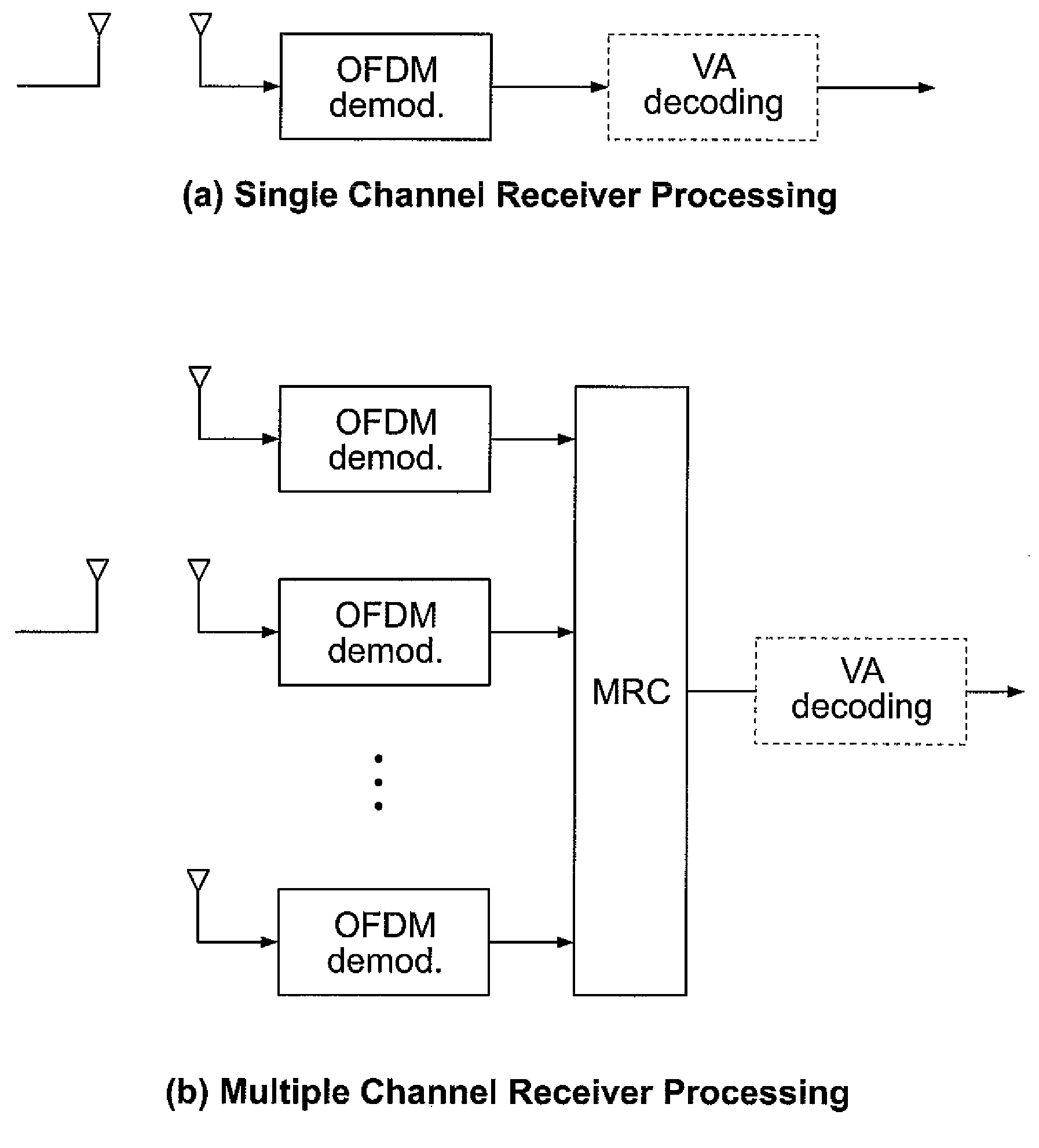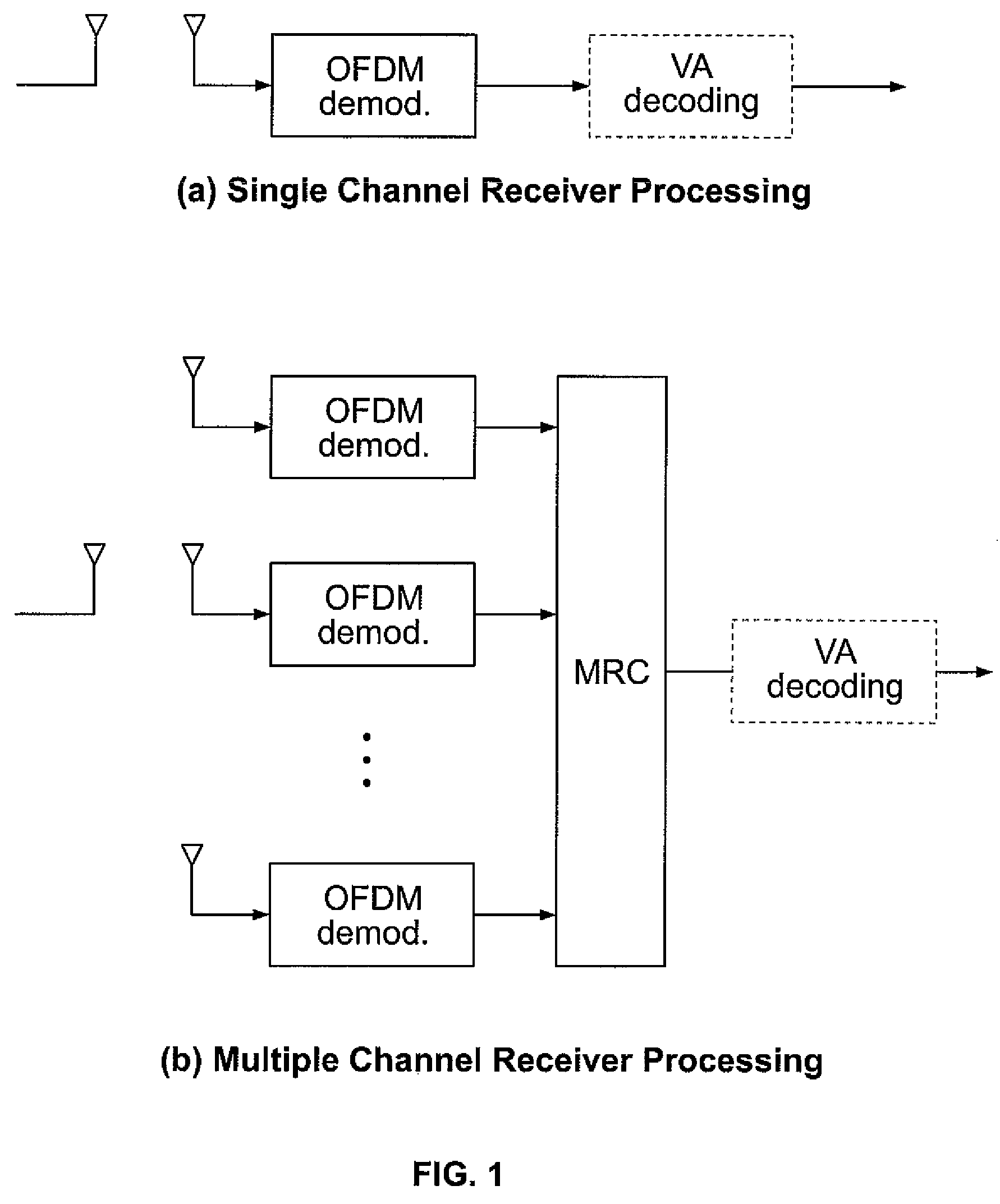Apparatus, systems and methods for enhanced multi-carrier based underwater acoustic communications
a multi-carrier, underwater acoustic communication technology, applied in the field can solve the problems of significant doppler shift and spreading, inherently difficult and complex process inability to fully realize the effect of underwater acoustic communication, simplifying receiver complexity and channel equalization
- Summary
- Abstract
- Description
- Claims
- Application Information
AI Technical Summary
Benefits of technology
Problems solved by technology
Method used
Image
Examples
Embodiment Construction
)
[0047]According to the present disclosure, advantageous apparatus, systems and methods are provided for facilitating enhanced underwater acoustic (UWA) communications. More particularly, the disclosed apparatus, systems and methods generally involve mitigating frequency-dependent Doppler drifts in a received signal. In exemplary embodiments, the present disclosure employs orthogonal frequency division multiplexing (OFDM), e.g., zero-padded orthogonal frequency division multiplexing (ZP-OFDM), in UWA communications. The disclosed apparatus, systems and methods employ an advantageous two-step approach to mitigating frequency-dependent Doppler drifts in a received signal that involves: (1) non-uniform Doppler compensation via resampling, and (2) high-resolution uniform compensation on the residual Doppler.
[0048]In exemplary embodiments, a received signal, e.g. a ZP-OFDM signal, is directly sampled and all processing is performed on discrete-time entries. The disclosed apparatus, syste...
PUM
 Login to View More
Login to View More Abstract
Description
Claims
Application Information
 Login to View More
Login to View More - R&D
- Intellectual Property
- Life Sciences
- Materials
- Tech Scout
- Unparalleled Data Quality
- Higher Quality Content
- 60% Fewer Hallucinations
Browse by: Latest US Patents, China's latest patents, Technical Efficacy Thesaurus, Application Domain, Technology Topic, Popular Technical Reports.
© 2025 PatSnap. All rights reserved.Legal|Privacy policy|Modern Slavery Act Transparency Statement|Sitemap|About US| Contact US: help@patsnap.com



